15 Real Facts About Termites Everyone Should Know
Termites might just be the tiny titans you never thought you needed to know about, but here we are, ready to spill the dirt on these little critters. Whether you’re fascinated by the natural world or just want to be prepared if they ever invade your home, these facts about termites will surely bug you—in a good way!
They’re Ancient Architects
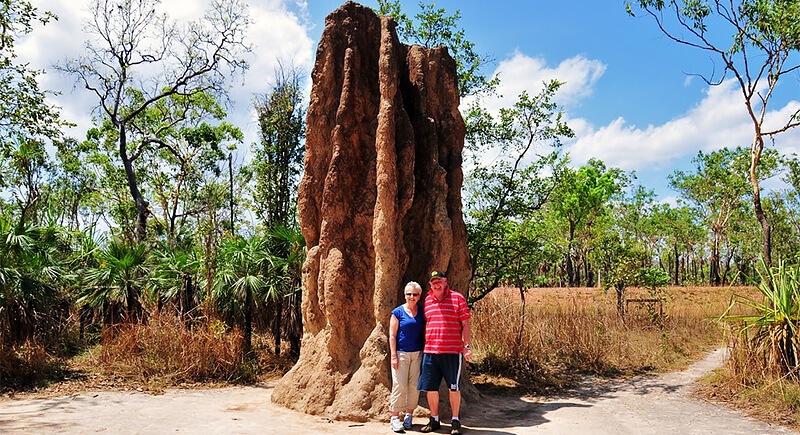
Credit: flickr
Did you know termites have been building intricate homes long before humans figured out the blueprint for pyramids? These critters create towering mounds reaching up to 30 feet in the wild. They’re not just random piles of dirt; these structures are well-ventilated and temperature-controlled. Talk about old-school cool!
Queens are Real-Life Superheroes
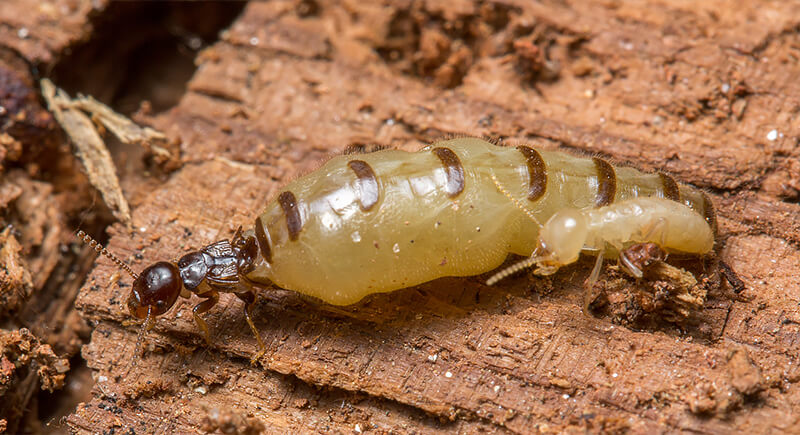
Credit: flickr
Imagine being the queen of an entire colony and living up to 50 years! Termite queens lay thousands of eggs daily. Here’s a fun kicker: they are among the longest-living insects on Earth. That’s a lot of royal responsibility!
Termites Love to Recycle
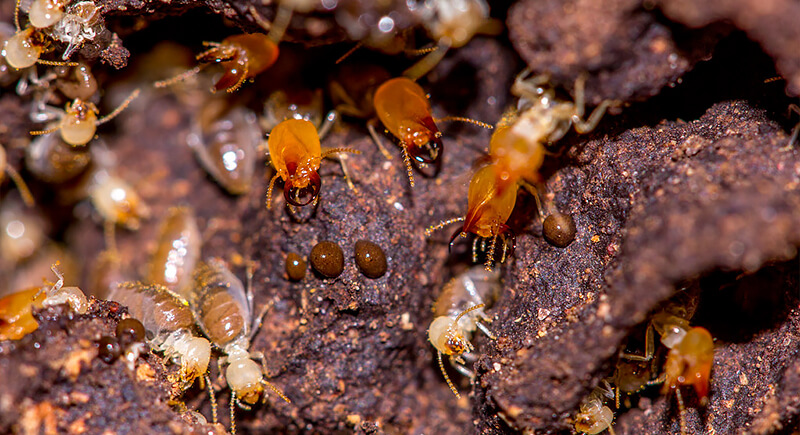
Credit: flickr
Here’s to green living: termites are nature’s recyclers. They feed on dead wood and plant fibers, breaking them down and returning nutrients to the soil. Without these guys, we’d probably be drowning in debris. Thanks, little buddies!
They Are Not Ants’ Cousins
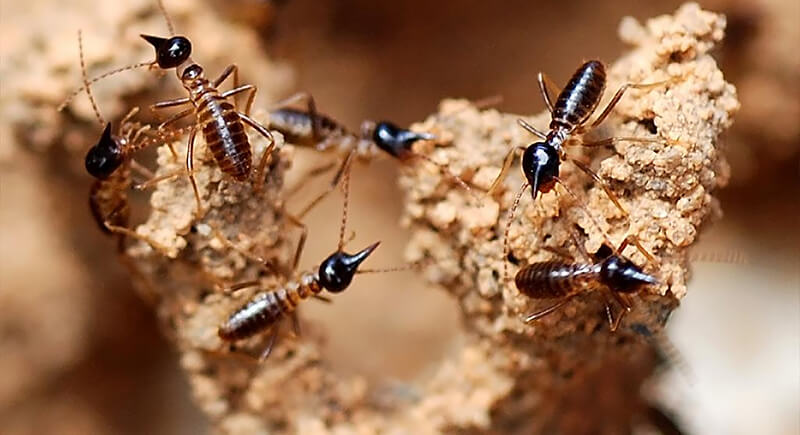
Credit: flickr
Contrary to popular belief, termites are more closely related to cockroaches than ants. This might make you look at that last cockroach in your apartment with a little more respect, right? Both insects hail from the order Blattodea.
Termite Soldiers Use Their Heads
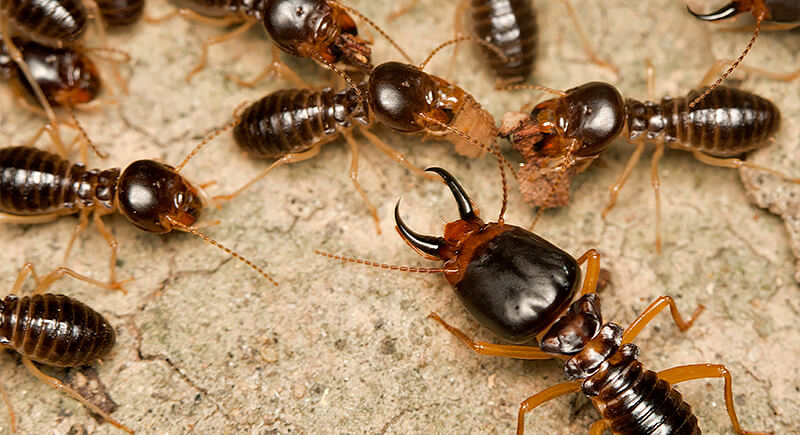
Credit: flickr
When danger knocks, some termite soldiers will literally use their heads to block the colony’s entrances. Their heads are shaped just right to fit the holes, making them the perfect doorstops. It’s all in a day’s work!
Social Butterflies, or Rather, Social Insects
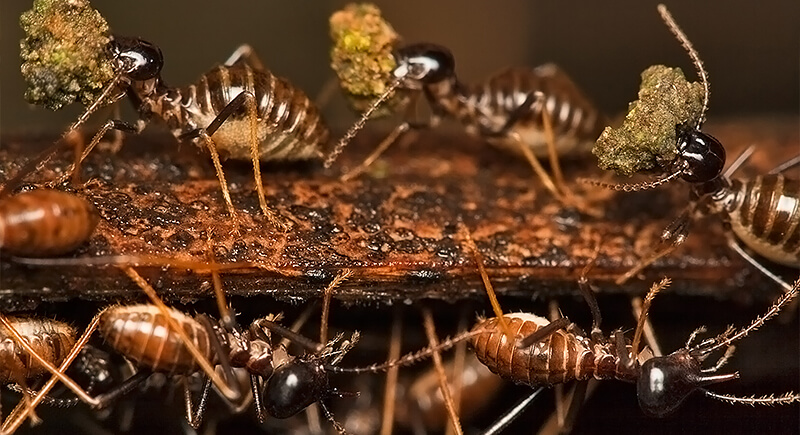
Credit: flickr
These creatures are incredibly social and operate within highly organized colonies. Each termite has a specific role—worker, soldier, or reproductive. Teamwork makes the dream work, even in the insect world.
They’re Not Picky Eaters
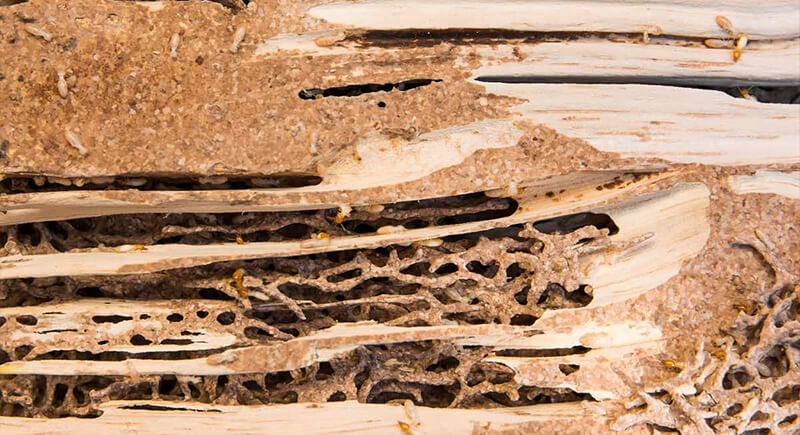
Credit: Reddit
While termites primarily feed on wood, they aren’t picky about the type. It’s all fair game, from fallen logs and living trees to the wooden structures in your home. Better keep an eye on your furniture!
Their Digestion Is Out of This World
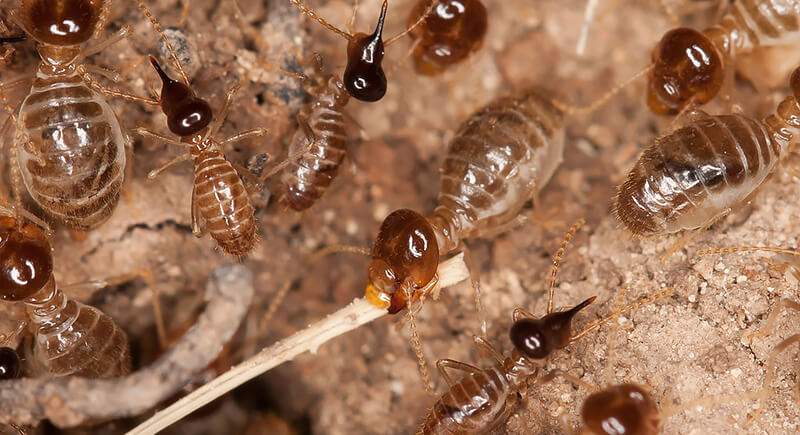
Credit: flickr
Termites can digest cellulose thanks to the microscopic organisms living in their guts. This symbiotic relationship gives them the ability to eat wood. Now, that’s a party trick!
Communication is Key
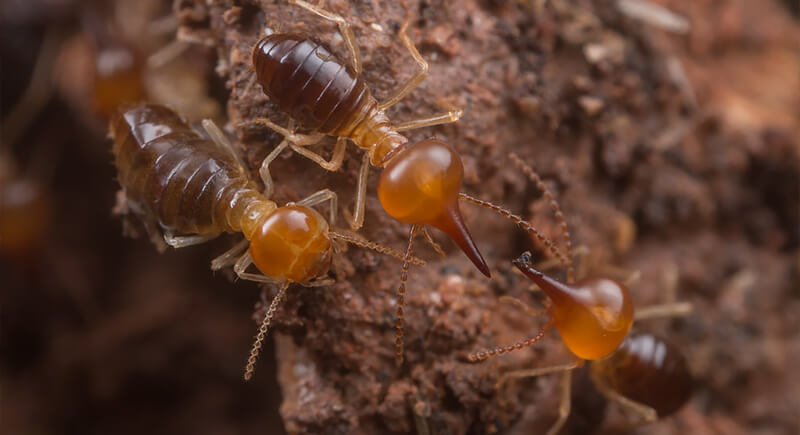
Credit: flickr
Termites communicate through pheromones and vibrations. Whether it’s finding food or signaling danger, these little critters have their ways of staying in touch. It’s like their own private chat room.
Termite Swarms: Nature’s Fireworks
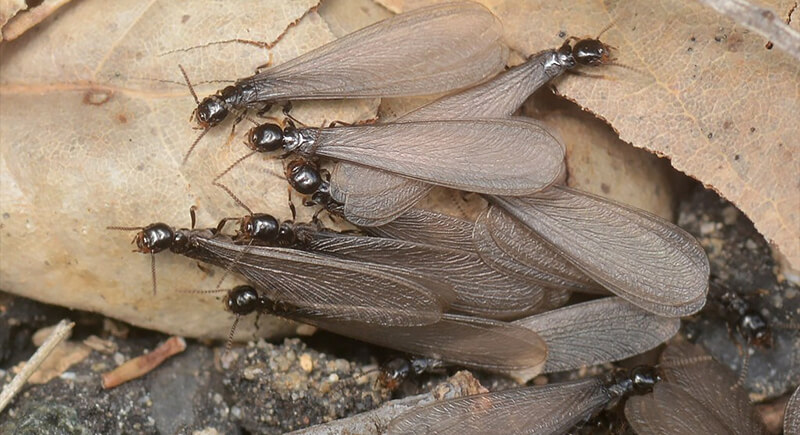
Credit: flickr
Once a year, mature termite colonies release swarms of winged termites to start new colonies. If you see these swarms, prepare to be amazed (and maybe a bit concerned if it’s near your home). It’s nature’s way of expanding the family business!
Water Is Essential
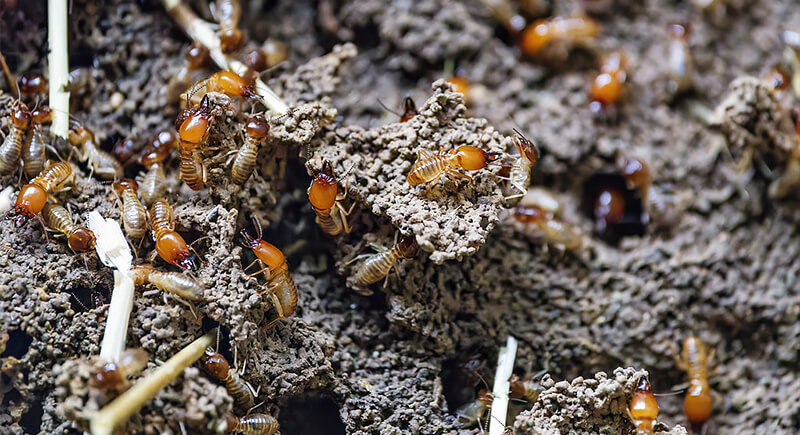
Credit: flickr
Despite their destructive nature, termites need moisture to survive. They often build their colonies in damp places. Keep your home dry, or you might just become their next vacation spot!
They Can Be Pests… or Not
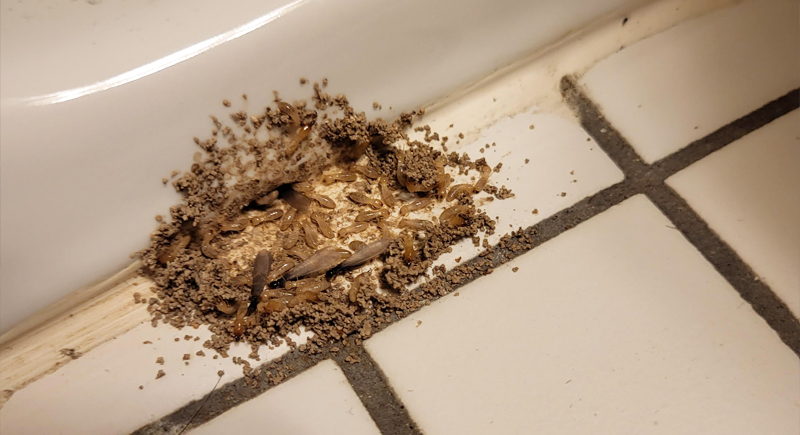
Credit: Reddit
While termites are often dreaded as pests in homes, they are also key components in their ecosystems. In forests, they help control the decay of wood. It’s all about perspective!
Blind Builders
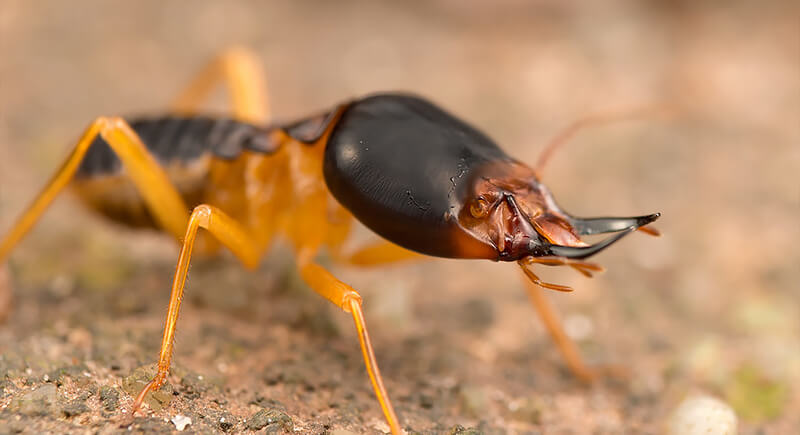
Credit: flickr
Most termites are blind. Despite this, they can build complex colonies and navigate their world effectively. It just goes to show, you don’t need eyes to have vision!
A Few Species Glow in the Dark
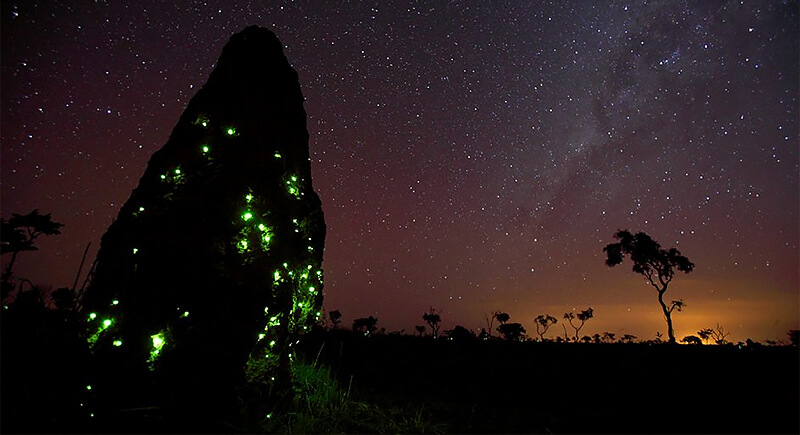
Credit: Reddit
Yes, you read that right—some termites can glow in the dark! Bioluminescence in termites is rare but fascinating. Imagine a tiny light show right in your backyard.
They Contribute to Global Warming
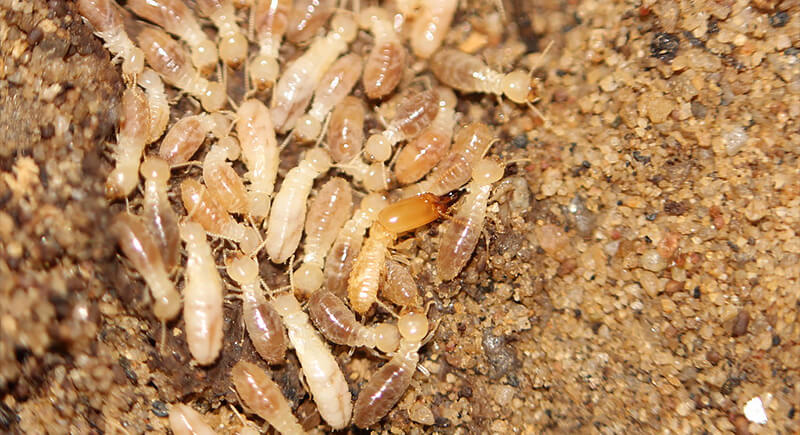
Credit: flickr
Termites produce methane, a potent greenhouse gas, during digestion. Their impact on global warming is notable, proving even the smallest creatures can have a big environmental impact. Just when you thought you knew all about emissions!